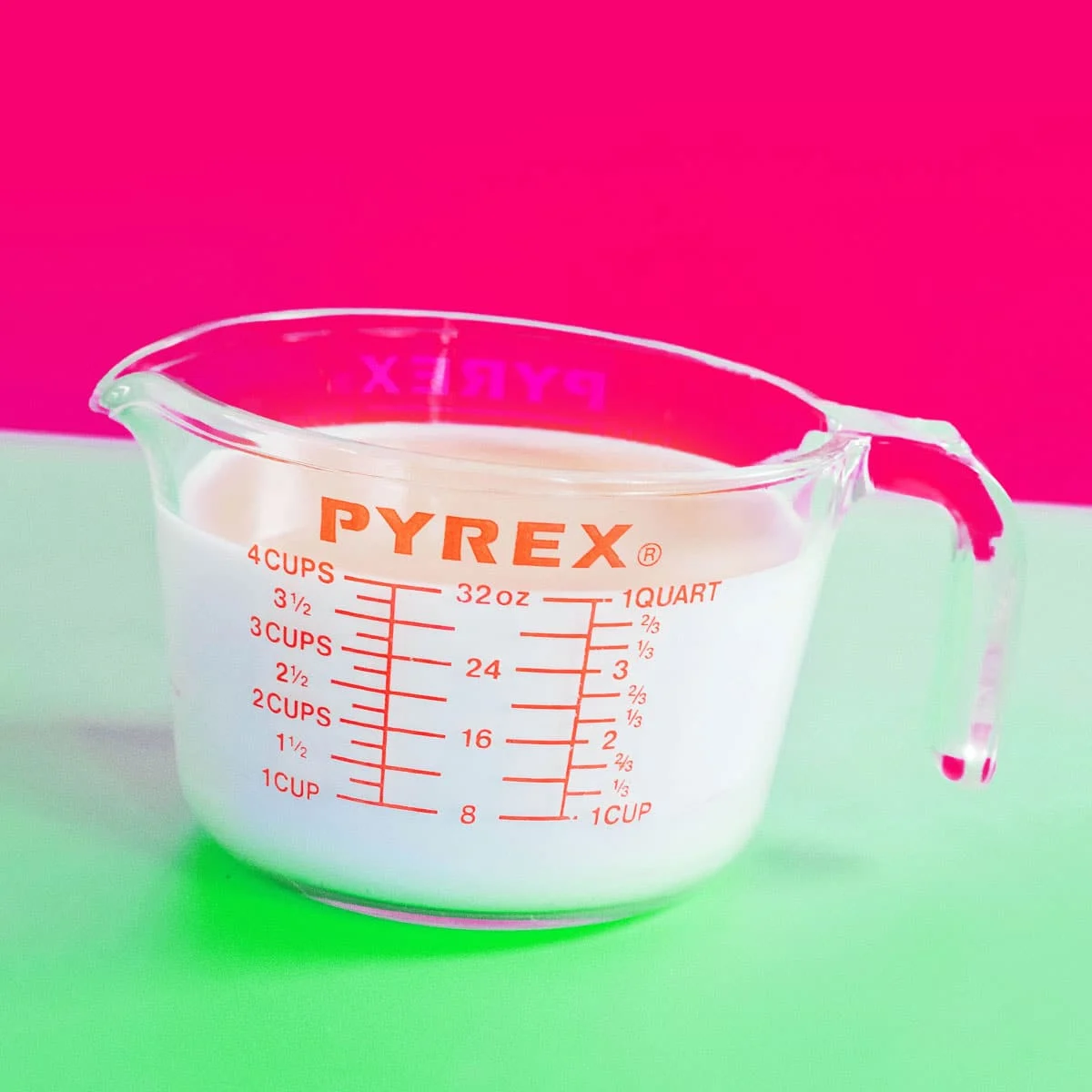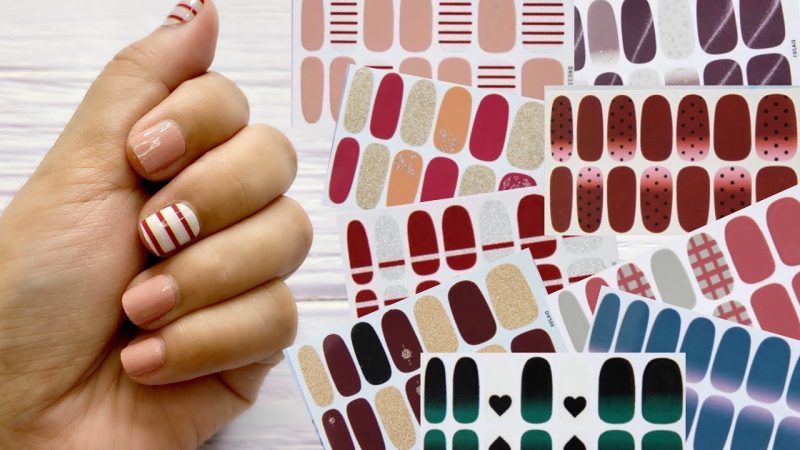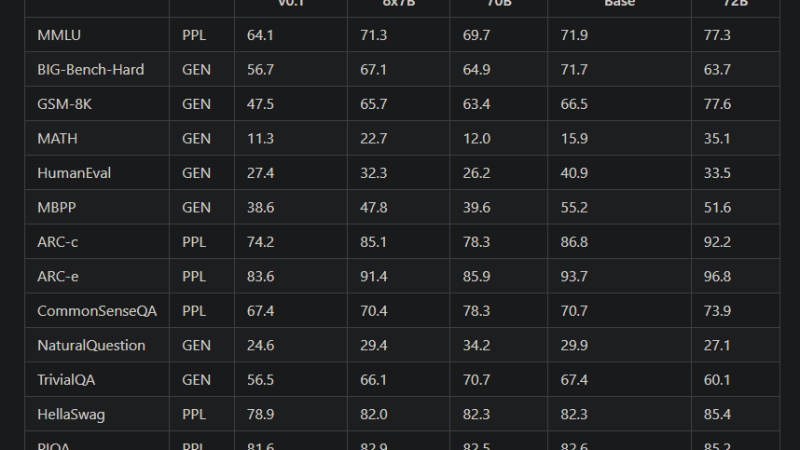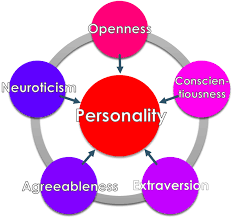How Many Cups Are in a Liter

Have you ever found yourself in the kitchen, following a recipe that calls for a liter of milk or water, but all you have are measuring cups? Or maybe you’re trying to convert a recipe from metric to imperial units and need to know how many cups are in a liter. Whatever the reason, understanding the relationship between cups and liters is essential for any home cook or baker. In this article, we’ll explore the answer to the question “how many cups are in a liter?” as well as delve into the history and science behind measuring cups and how they became a standard unit of measurement. So grab your favorite mug and let’s get started!
How Many Cups are in a Liter?
Have you ever found yourself in the kitchen, following a recipe that calls for a certain amount of liters but you only have measuring cups on hand? It can be frustrating to try and convert between units of measurement, especially when it comes to cooking and baking. So, just how many cups are in a liter?
The answer is that there are approximately 4.2 cups in one liter. However, it’s important to note that this is an approximation and may vary slightly depending on the size of the cup being used. In general, a standard measuring cup holds 8 fluid ounces or 240 milliliters, which means that it would take just over four cups to equal one liter. Knowing this conversion can be helpful when preparing recipes from different countries or when using cookbooks with varying measurement systems.
A Brief History of the Cup
The cup is a ubiquitous unit of measurement that we use every day. But have you ever wondered about its origins? The cup has been used as a measuring tool for thousands of years, dating back to ancient civilizations such as the Greeks and Romans.
In those times, cups were made from materials such as clay or bronze and were often used to measure out ingredients for cooking or medicine. Over time, cups evolved into different shapes and sizes, with some even being decorated with intricate designs.
As trade routes expanded and cultures mixed, the cup became a universal unit of measurement. In fact, it was one of the first units of measurement to be standardized across different regions and countries. Today, we continue to use cups in our daily lives, whether it’s for measuring out ingredients in recipes or pouring ourselves a refreshing beverage.
The Science of Measuring Cups
When it comes to measuring cups, accuracy is key. The science behind measuring cups involves understanding the importance of volume and how it relates to the amount of liquid or dry ingredients being measured.
Measuring cups are typically made from materials such as plastic, glass, or metal and come in various sizes. Each cup has a specific volume measurement marked on it, allowing for precise measurements when cooking or baking. It’s important to note that measuring cups should be used for their intended purpose – liquid measuring cups for liquids and dry measuring cups for dry ingredients.
One common mistake when using measuring cups is not properly leveling off the ingredient being measured. This can result in an inaccurate measurement and potentially ruin a recipe. To ensure accuracy, it’s recommended to level off dry ingredients with a straight edge, such as a knife or spatula.
Overall, understanding the science behind measuring cups is crucial for any home cook or baker looking to create delicious and consistent dishes.
How the Cup became a Standard Unit of Measurement
The cup has been used as a standard unit of measurement for centuries, and its history is intertwined with the development of human civilization. The ancient Egyptians used cups made from materials such as gold and silver to measure liquids, while the Greeks and Romans used ceramic cups for the same purpose.
Over time, the cup became a widely accepted unit of measurement due to its simplicity and ease of use. It was easy to find or make cups in different sizes, which allowed people to measure liquids accurately without needing complex equipment.
In modern times, the cup has become an important part of everyday life. From cooking recipes to measuring out medications, cups are used in a variety of settings. While there are other units of measurement available, such as milliliters or ounces, the cup remains a popular choice due to its familiarity and convenience.
Overall, the cup’s journey from ancient times to modern day is a testament to its usefulness and versatility as a standard unit of measurement.
The Future of the Cup
As we move towards a more globalized world, the need for standardized units of measurement becomes increasingly important. The cup has been a reliable unit of measurement for centuries, but with the rise of technology and globalization, it may be time to re-evaluate its place in modern society.
One potential solution is to adopt the metric system, which uses liters as its primary unit of volume measurement. This would eliminate the need for conversions between cups and liters and create a more streamlined system for international trade and communication. However, this transition would require significant effort and education for individuals and businesses alike.
Another option is to continue using cups as a standard unit of measurement but improve their accuracy through advancements in measuring technology. Digital scales and measuring cups with precise markings can provide more accurate measurements than traditional measuring cups, reducing errors in cooking and baking.
Regardless of the path we choose, it’s clear that the cup will remain an important tool in our kitchens and laboratories for years to come. Its versatility and familiarity make it an essential part of our daily lives, whether we’re measuring ingredients or conducting scientific experiments.
Conclusion
In conclusion, understanding the relationship between cups and liters is essential for anyone who needs to measure liquids accurately. While the cup has a long and fascinating history, it remains a popular unit of measurement today due to its convenience and versatility. As we move forward, it will be interesting to see how technology continues to impact the way we measure liquids and whether new units of measurement will emerge. However, for now, the cup remains an important tool in our kitchens and laboratories alike. So next time you need to convert between cups and liters, remember that there are 4 cups in a liter – a simple but crucial fact that can make all the difference in your cooking or scientific experiments.






